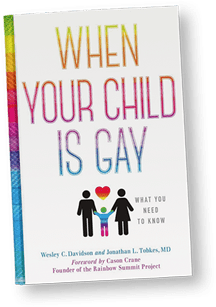Research shows that bullying often leaves scars, negative effects on those who deal with it. The impact from bullying can lead to chronic depression, suicidal thoughts, anxiety disorders, PTSD, poor general health, self-harm, substance abuse and difficulty establishing, trusting, reciprocal friendships and relationships.
Because of the unwanted effects of bullying, October has been designated as National Bullying Prevention Awareness Month. Created to raise awareness about bullying and cyberbullying that occur all year long, what can parents do to help stop bullying in the school when parents aren’t there?
Educators and teachers can create safe, supportive learning environments in which students can learn without fear. Students are entitled to this principle. Schools should communicate their anti-bullying policies not only to their students but also to the parents or caregivers. And the teachers and staff should follow through with the policies.
According to USNews.com, minority kids are the most likely to get bullied at school: gender, sexual orientation, religion, disability or immigration status. Statistics from educationcorner.com and prevention-education suggest that revenge due to bullying is the number ONE motivator for school shootings in the United States.
To counteract these bad influences, here are some suggestions from stopbullying.gov
- Talk to your kids. Ask them about their experiences at school. Make sure they feel comfortable and know they can come to you.
- Practice what you preach. Don’t you bully.
- Role play. Pretend you’re the bully so your child can practice how to defend himself. Then reverse roles and let him be the bully so you can respond.
- You can form a group in your community or school system that stands for bullying prevention.
- Get help from stopbullying.gov on how to handle different bullying situations. There are video pdfs to download on that site.
Other resources can be found on my blogposts:.

When Your Child Is Gay: What You Need To Know
For more detailed advice, see book, co-authored with a mother of a gay son and a psychiatrist, Jonathan L. Tobkes, M.D.